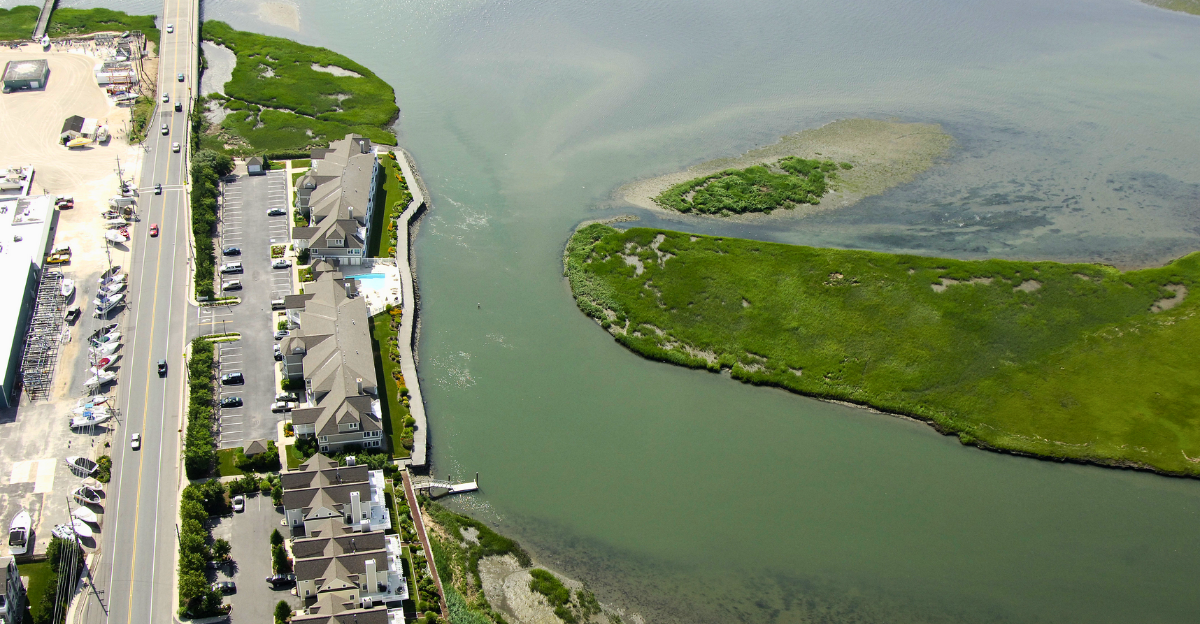
We are all aware of the effects that global warming has on the world, but it only becomes a reality when it happens in your own backyard. Well, for the people of New Jersey, that’s exactly what’s happening. Once a thriving salt marsh teeming with wildlife just off the coast of Stone Harbor, New Jersey, Scotch Bonnet Island is now at the epicenter of an environmental crisis as researchers sound the alarm over its rapid disappearance into the sea.
This once lush, grassy marshland has steadily given way to mudflats and open water, striking fear in researchers and the public about what the future holds for Stone Harbor and the rest of the coastline.
The Constant Rise of Sea Levels
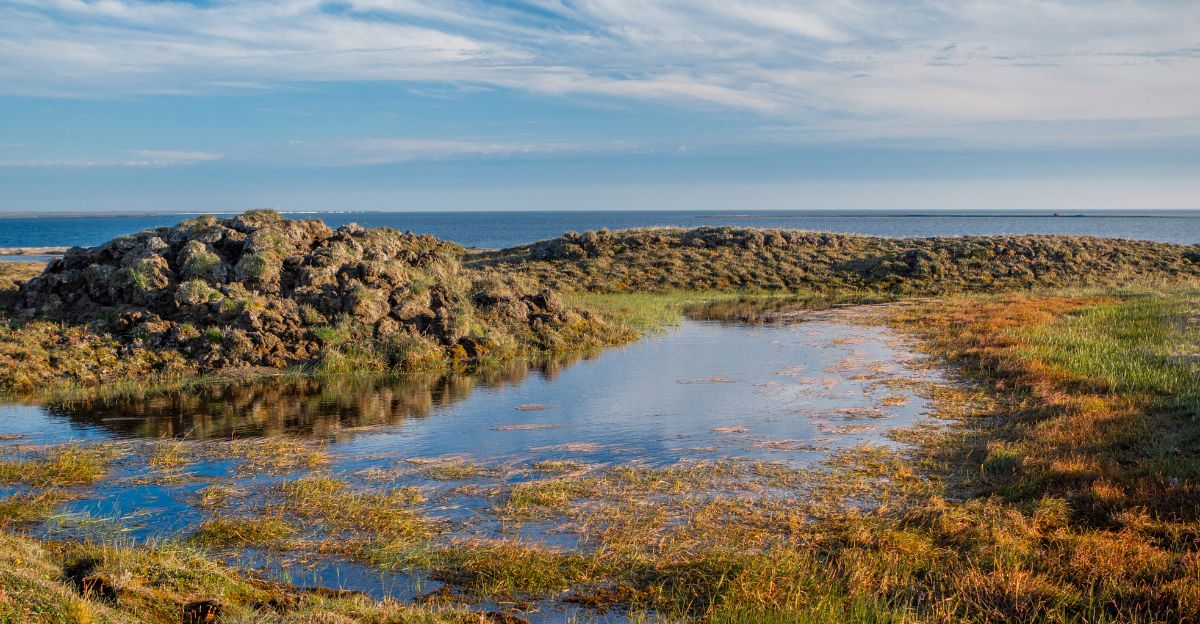
Scientists have found that the rise in sea level in New Jersey is occurring at twice the global average, with projections indicating that the coast could see an increase of two to five feet by 2100. This process is driven by global warming and melting glaciers alone, but other factors play a big role.
“These open water areas used to be marsh,” said Tedesco, executive director of the Wetlands Institute in Stone Harbor. “It’s marsh that converted to mudflats and open water. All this open water you see was once grassy.”
Ecological Importance of Marshlands

These little islands are much more than muddy marshlands that seem to have no use; they are vital habitats for a remarkable diversity of wildlife. The lush grasses and intricate channels filter water, removing contaminants and improving water quality for wildlife and nearby communities.
Marshes also act as natural buffers, absorbing storm surges and reducing the impact of coastal flooding, which will not be the case much longer if this island completely sinks.
The Role of Human Activity
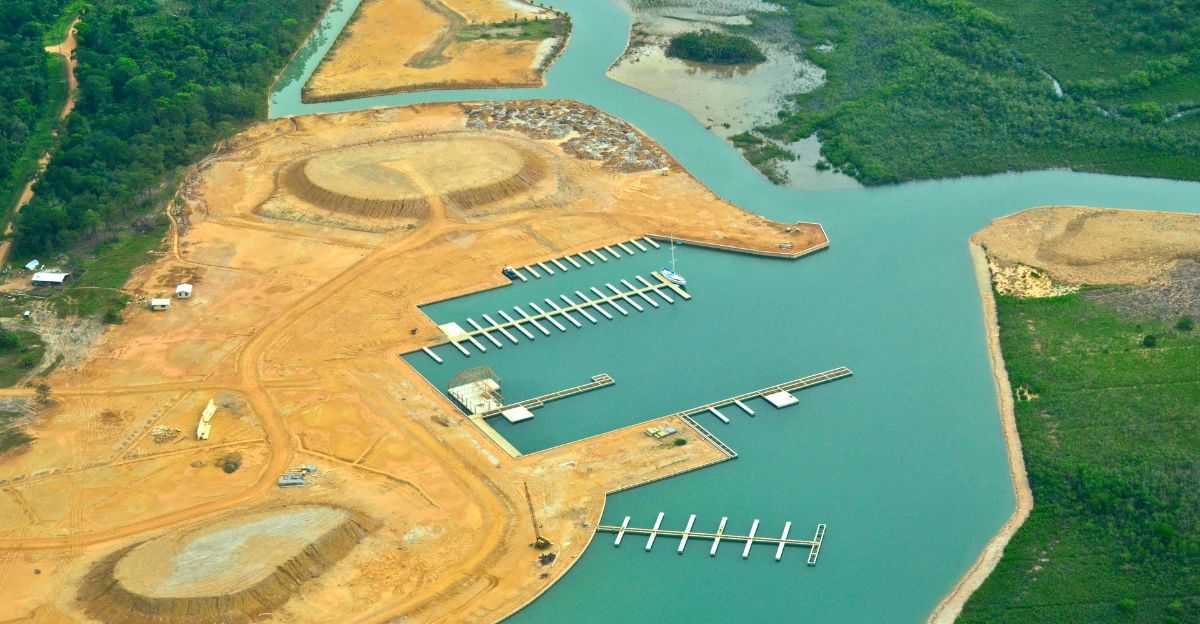
The sinking of Stone Harbor can’t be blamed on global warming alone, as humans play a significant role in these environmental effects. Altered water flow from historic diking and overdevelopment further exacerbates flooding and erosion, and it isn’t doing the sinking island any favors.
The island’s ecological balance has also been disrupted by the introduction and proliferation of certain bird species, like the Double-crested Cormorant, whose populations rebounded dramatically after decades of decline due to toxic chemicals and human persecution. Human intervention might happen for the right reasons, but it often leads to other environmental problems that aren’t taken into account.
The Recovery of These Marshes
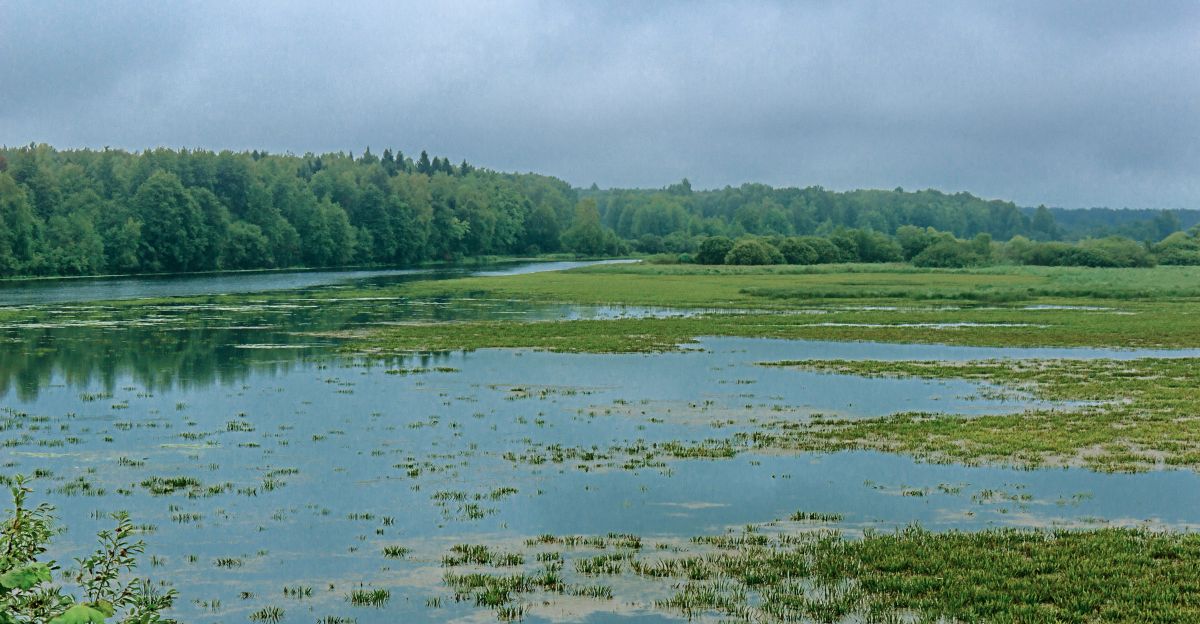
Without the protective root systems of marsh grasses, sediments are more easily washed away, transforming vegetated marsh into open mudflats and shallow water. This degradation further increases the frequency and intensity of flooding, which in turn causes more vegetation die-off. With all these challenges, the chances of this island recovering independently are very slim.
“The marshes cannot keep up and convert first to low marsh, then to mudflats, and finally to open water pools. As the pools expand, they connect to tidal creeks that remove more sediment from the marsh system, further accelerating loss” said Tedesco.
Bird Populations in Decline
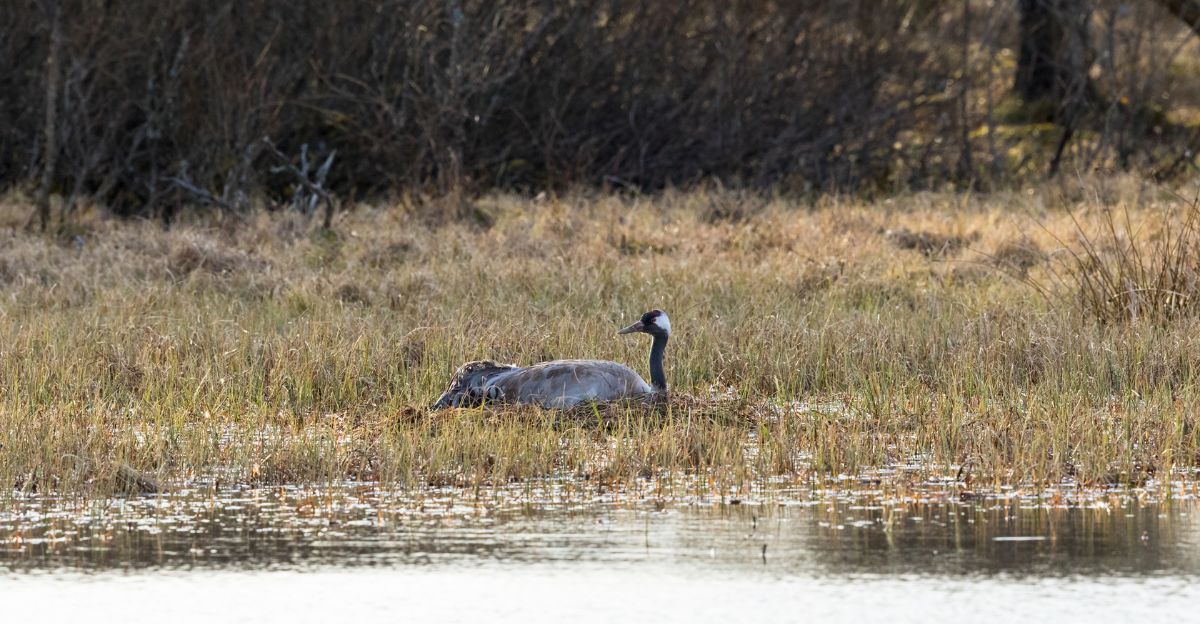
The vanishing of Scotch Bonnet Island is profoundly impacting bird populations. Researchers are documenting a troubling decline in the diversity and abundance of shorebirds and colonial waterbirds. As vegetated marshes convert to mudflats and open water, the critical habitats that once supported three-quarters of all shorebird species are rapidly disappearing.
“The increasing frequency of flooding is causing nesting failures and declines in bird populations,” Tedesco said. On Scotch Bonnet Island, species such as the Double-crested Cormorant, Great Black-backed Gull, and Black-crowned Night Heron have all suffered dramatic population changes, with some being driven away entirely by habitat loss and disease outbreaks.
Restoration Efforts
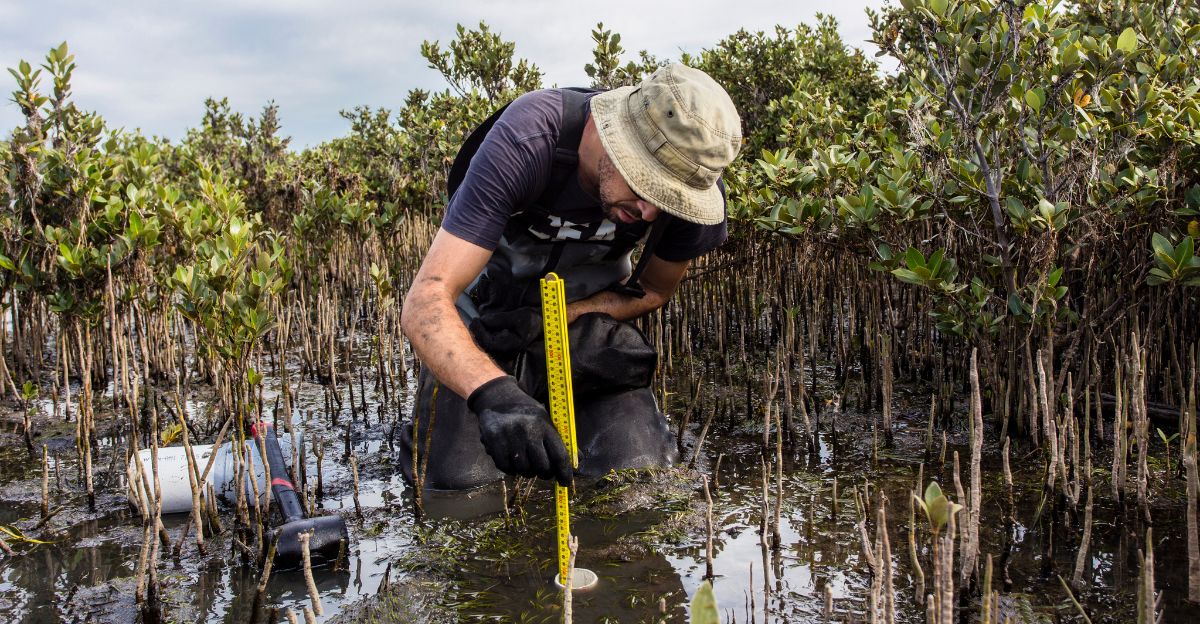
A project led by the U.S. Army Corps of Engineers in partnership with the State of New Jersey, The Wetlands Institute, and several research organizations utilizes clean sediment dredged from the New Jersey Intracoastal Waterway to raise the elevation of low-lying marsh areas that have sunk below the threshold necessary for healthy tidal marshes.
“When you place a lot of sediment on a marsh, it’s inherently disruptive. We see vegetation and animals that use the space either die or migrate off the site,” said Metthea Yepsen, a DEP bureau chief. “It is a slow process as it revegetates and the animals return. But we’re learning a lot.” Early results have been promising, but this is still very much a learning curve.
Early Signs of Recovery

Since the addition of sediments to the island, there have been some promising results that give researchers hope. Recent field observations reveal that seeds have already begun to wash in, setting the stage for natural marsh grass colonization. To their surprise, even wildlife is responding quickly.
The project even attracted a rare American Golden Plover, drawing birding enthusiasts to the area. While the restoration of Stone Harbor is still in progress, these positive developments mean that they are doing something right and that there is hope for the future.
Monitoring and Future Research

The sinking of wetlands is a much bigger concern than just one wetland. These wetlands play a crucial role in the environment, and there have been more losses in recent years than ever. “We’re approaching a threshold that a lot of scientists and researchers … are worried about,” said LeeAnn Haaf, a scientist with the nonprofit Partnership for the Delaware Estuary. “If we reach a certain point of sea-level rise acceleration, we might actually start seeing a precipitous loss. We’re not there yet.”
Surface elevation tables (SETs) have been deployed as part of a statewide monitoring network, allowing scientists to measure even minute changes in marsh elevation and track the effects of tidal flooding and sediment addition over time.
More Than A Local Tragedy
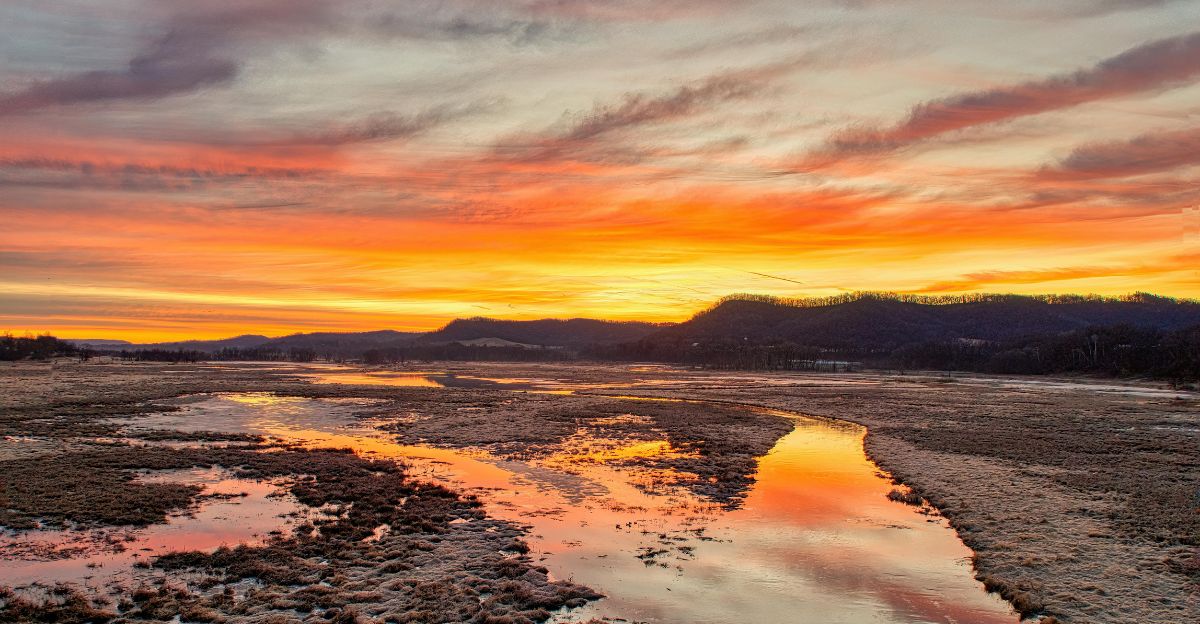
The vanishing of Scotch Bonnet Island is more than just a local loss; it’s a warning for coastal communities everywhere. “We’re at a tipping point. If we lose these marshes, we lose not only wildlife habitat, but also our natural defenses against the rising sea” said Tedesco.
As small islands and marshes disappear, New Jersey quite literally loses pieces of itself. This highlights the urgent need for coordinated action and innovative restoration to safeguard the region’s environmental and economic future.
Explore more of our trending stories and hit Follow to keep them coming to your feed!

Don’t miss out on more stories like this! Hit the Follow button at the top of this article to stay updated with the latest news. Share your thoughts in the comments—we’d love to hear from you!







